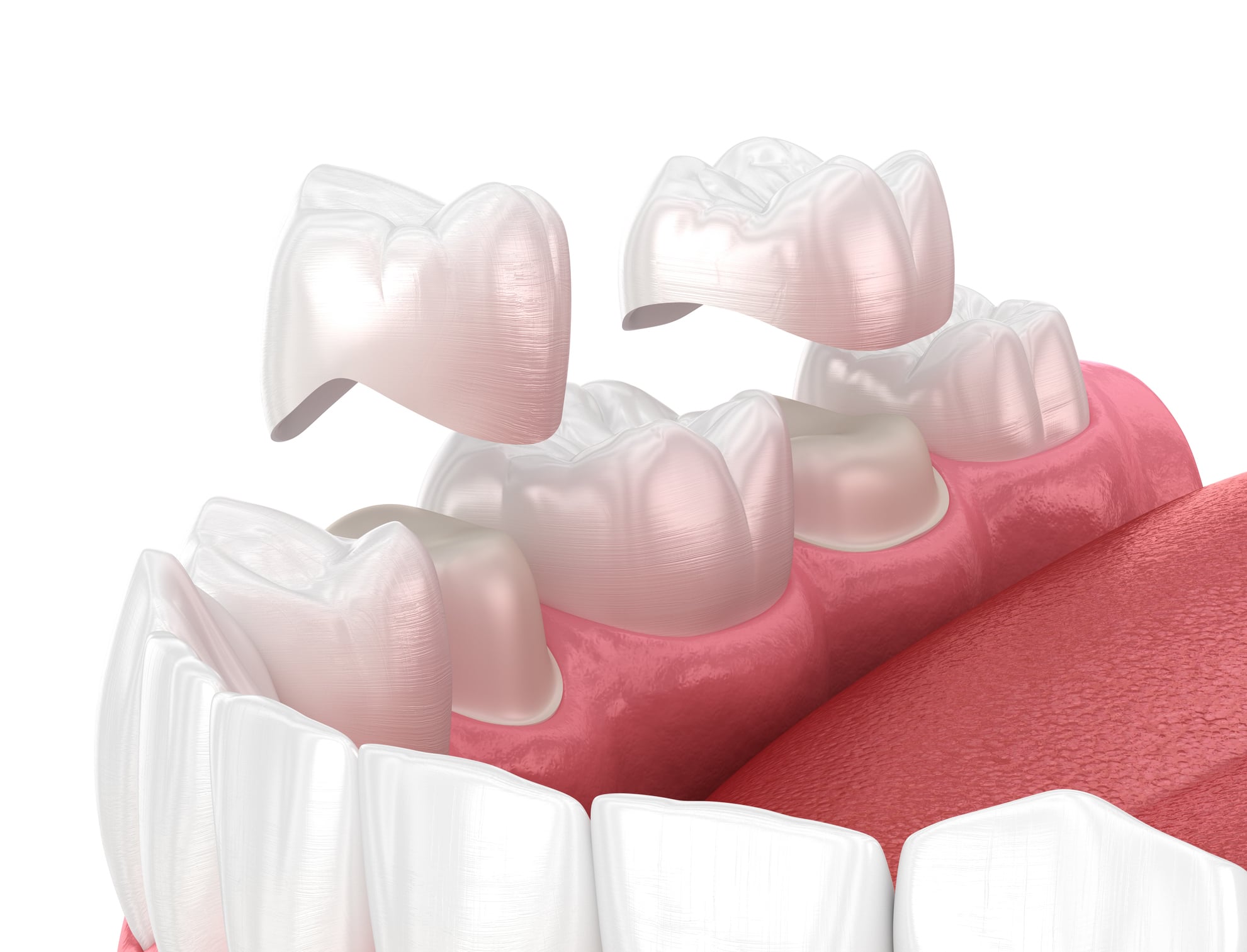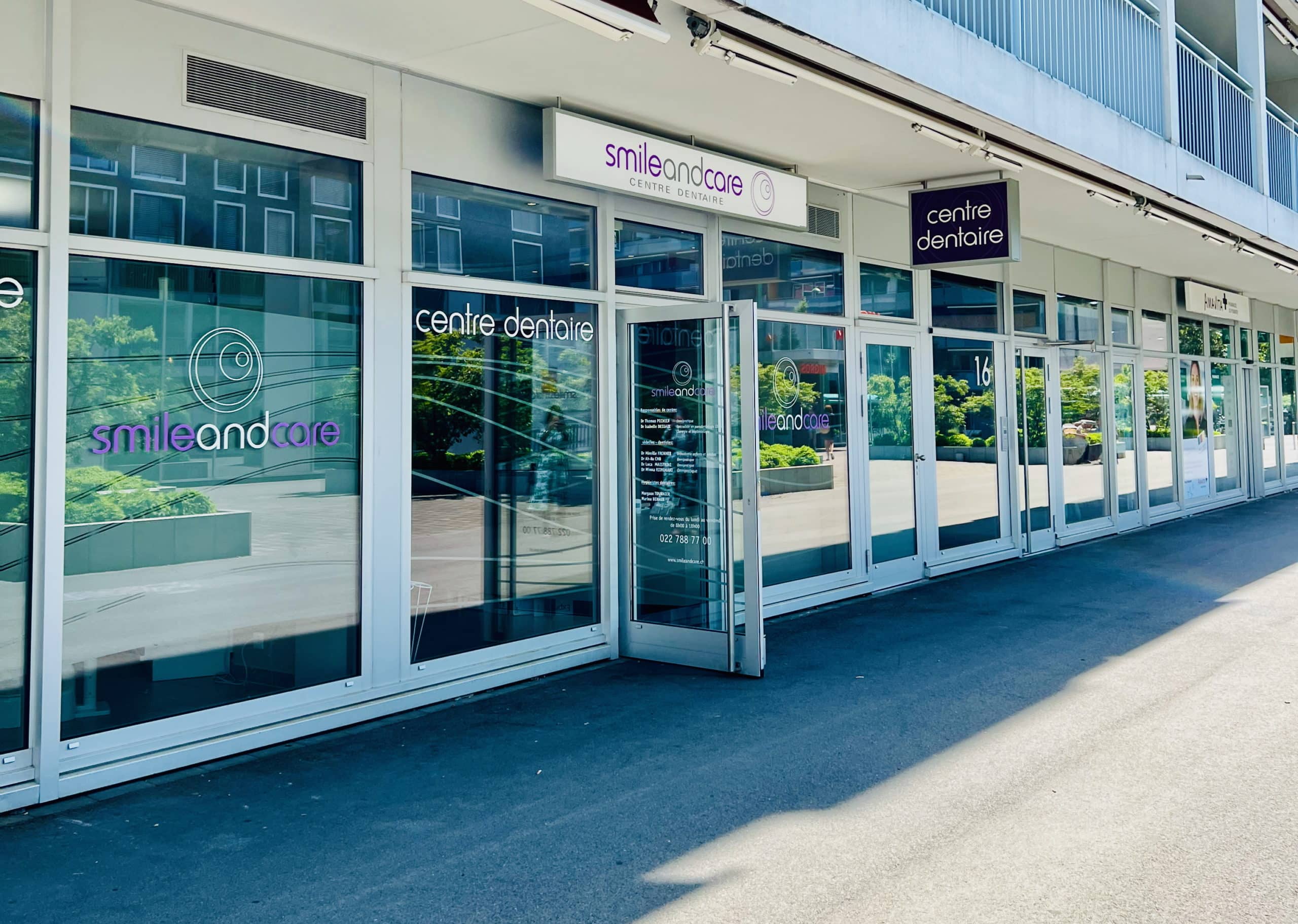
Dental crowns: When are they needed?
Protection of fragile teeth
- Teeth damaged by severe tooth decay or fractures.
- Teeth that have undergone root canal treatment (devitalised).
Aesthetic restoration
-
- To correct the shape, size or colour of teeth.
- Replacement of old visible metal crowns.
- Dental bridge support
The crowns serve as pillars to support a dental bridge.
Dental implant cover
A ceramic crown can be placed on an implant to replace a missing tooth.

The 3D scanner, ideal for digital impressions
The intraoral 3D scanner creates a digital 3D image of your teeth, which the laboratory then uses to create the prosthetics
The intraoral 3D scanner creates a digital 3D image of your teeth, which the laboratory then uses to create the prosthetics(aligners, veneers, crowns and bridges) by computer. This intraoral scanner is a valuable diagnostic and digital impression-taking tool.

Manufacture of the crown

Lifespan of a crown
The average lifespan of a crown is between 10 and 20 years. Several factors influence this longevity: crown material, oral hygiene, patient habits, crown position and dental check-ups/scaling by a dental hygienist.

Bridges: different types
-
- Conventional bridge: Requires preparation of the adjacent teeth, sometimes with root canal treatment, to enable optimal adjustment.
- Bonded bridge: It preserves the adjacent teeth by attaching to their inner surface.
- Bridge supported by an implant : It is used when there are no pillar teeth, with implants placed to support the bridge.

Treatment procedure
The placement of a dental bridge takes place over several stages, spread across multiple appointments. The exact process depends on the type of bridge chosen.
- Preparation
- The adjacent teeth are prepared to accommodate the bridge.
- Impressions: A digital impression is taken during the second appointment, offering precision and comfort, without the use of traditional pastes.
- Fitting and adjustment: The bridge is fitted and adjusted to guarantee an optimal, functional and aesthetic result.
- Final fixing: The prosthetic is firmly fixed to the adjacent teeth.
Make an appointment at one of our two clinics



